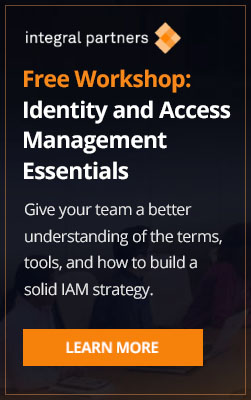Moving beyond organizational alignment and operational support, optimizing an IGA solution requires technical collaboration and coordination. Configuring the tool properly relies heavily upon proper stakeholder management, full requirements-gathering, and testing prior to going live. Missing steps in any of these phases can mean a poorly deployed tool that does not meet expectations and fails to deliver promised value.
Cross-department agreement on standards
Many organizations are not truly centralized. There are many reasons for this, including mergers and acquisitions, company culture, and legal structure. Often an IGA tool is deployed for one sub-company but not another. IGA is an enterprise-wide need and can be managed by an enterprise-quality tool, even in complex organizational structures. Sponsorship should reflect that, and implementation should include all areas of a company. This will lead to additional work, additional process change, and additional configuration, but the outcome is a true enterprise IGA solution that delivers on capability promises and operational efficiencies.
Testing and feedback
Legacy waterfall projects used to dominate the project management world. These projects took in requirements at the beginning, and a product was launched at the end. Often, the product was not seen by stakeholders until the project neared completion. This was a problem for many reasons: feedback couldn’t be incorporated during the project because the project was already over. In addition, configurations were often based upon incorrectly worded or overlooked requirements, and they were cemented into the tool when it went live.
The earlier a fix is introduced in the development and configuration process, the easier and less costly it is to implement. The new methods that rely on Agile methodology and rapid prototyping employ constant introduction and review and incorporation of feedback into the tool while it is configured. When the system goes into production, all stakeholders have already seen and approved of the solution, their feedback having been incorporated during development. Even if the IGA deployment team doesn’t strictly follow the Agile methodology, ensuring that stakeholders can see and provide feedback on the tool throughout the project will avoid issues that would likely crop up using other methods.
Integral Partners manages projects using multiple approaches, including hybrid methodologies that many companies employ, to ensure feedback and incorporation during development
 Entitlement maintenance process
Entitlement maintenance process
Most IGA solutions use HR data feeds to map entitlement reviews (user-to-manager mapping). This must be validated, as some organizations are mapped differently, or the HR system is not kept up-to-date with changes. In addition, non-employees are often mapped differently and in different systems. Ensure that this mapping is accurate on the systems being integrated, and set up a process to keep them current. Entitlements are one of the main ROI drivers of an IGA tool, so getting this piece right is often a main goal of the investment.



Comments are closed.